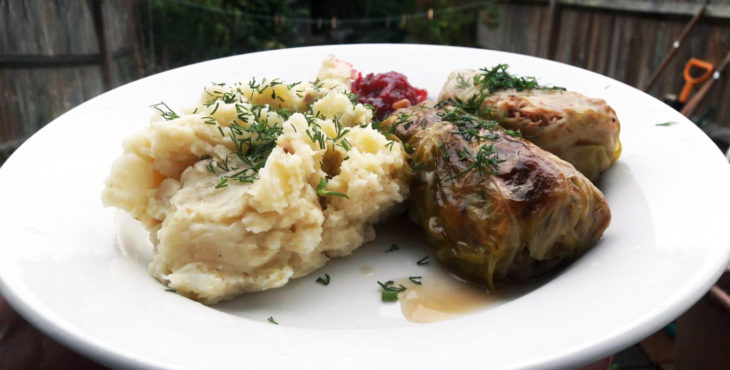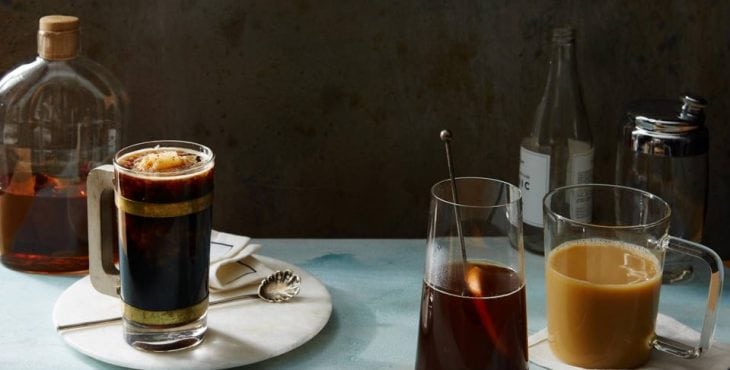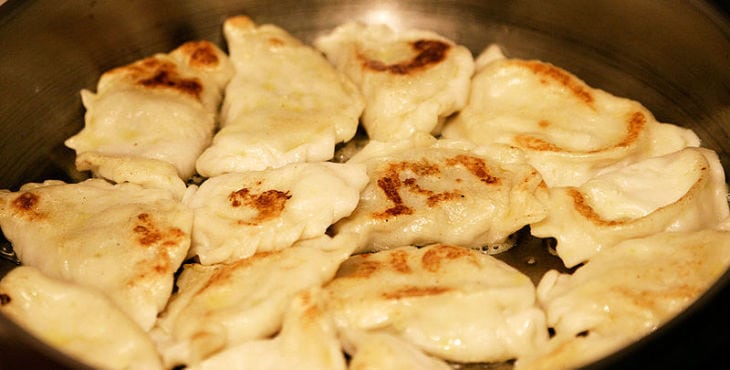Mazury, Poland’s largest Lake District covers over 2000 lakes connected with each other through small streams and rivers. This magnificent region is often referred to as the land of thousand lakes stretches over 200 miles and is currently regarded as one of the favourite tourist destinations in Poland. It’s the perfect holiday spot for people looking for outdoor activities or people who are seeking to be close to nature, crave some tranquillity and need a break from busy city life.

Mazury is home to several resort towns and organic farms that offer accommodation. Alternatively, you may decide to stay on a sailing ship or go to basics and camp in the forest. Either way is great to explore the Great Masurian Lake District.
Best time of the year to visit Mazury
Every time of the year is good to visit Mazury but of course, everything depends on what you are looking for. Summer is obviously the busiest time of the year to visit Polish Lake District as lots of people want to spend their summer holidays by the lakes, either sailing or sunbathing, swimming and relaxing. However, if you still want to enjoy warm weather but avoid the hustle and bustle of the summer period then you should book your stay around September when there are fewer visitors around.
Spring and autumn are great if you like to hike or you are looking for a relaxing break from your daily life. Additionally, autumn offers the opportunity to experience wild mushroom hunting which is one of the most favourite Polish activities.
Finally, winter can be also wonderful if spent in Mazury. Of course, the majority of people would choose mountains (Tatras or Bieszczady) but this is a great opportunity to be alone and pay a bargain for accommodation.
How to get to Mazury

The Great Masurian Lake District is located in the northeastern part of the country and is three hours drive from Warsaw. If passing through Warsaw, the best way to get to Mazury is by train. However, you can get there by bus, car and plane as there are scheduled flights from the capital to Olsztyn-Mazury Airport. In addition, during the summer peak period, there are plenty of various flight connections that make the area more accessible to tourists. Some airlines like Wizzair and Ryanair offer affordable flights. Do check out this website for up to date public transport details and connections from major Polish cities to Mazury.
Places to Stay in Mazury
Mazury has several accommodation options which range from luxurious hotels to affordable B&Bs. If you are looking for a luxurious place to stay, you could try one of the boutique hotels like Gallery 69, Hotel Mikolajki and Masuria Arte. If you are more of a green, nature-focused person, you could stay in one of the beautiful organic farms. Kwasne Jabiko and Siedlisko Bianki are two farms that offer an exciting agritourism experience with organic food and a friendly atmosphere. Spa resorts like Przystan Hotel and Spa as well as the Glendoria are popular spas that offer a very relaxing stay in Mazury. Finally, if you want to be more independent and looking for accommodation for bigger number of people you can choose to rent Airbnb.
What to do in Mazury – outdoors activity guide

Polish Lake District is heaven for anyone looking for outdoor activities. Of course, the main attraction of the region is water sports – sailing, canoeing, water skiing and swimming but there is so much more that you can do in Mazury. The region is home to many species of plants, birds and animals (lookout for rare Mute Swans in Luknajno!) that are unique to the Lake District so hiking is highly advisable. Another option is to rent a bike and explore forests surrounding the lakes. Both hiking and biking are great if you want to visit some exciting sightseeing sides – old castles and historical buildings hidden in different parts of the region.
Finally, finishing and mushroom hunting are a very popular choice of spending relaxing time surrounded by nature and tranquillity.
Places and towns to visit in Mazury
On top of all the outdoors activities, Mazury is also home to some enhancing little towns and villages. Miklajki is a sailing village that is filled with souvenir shops, restaurants and bars. This location is regarded as ‘a must visit’ by many tourists. Another good option is Mragowo which is one of the most beautiful towns in the area. Finally also worth visiting are Reszel castle, as well as the Rezerwat Zakret.
Irrespectively of your choice, Mazury is definitely worth visiting and exploring, especially in warm months.

















